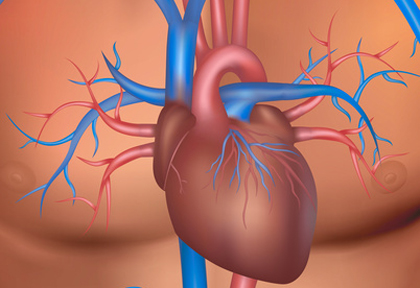Courtesy of Dr. Carlos Fava.
A small annulus in patients with Severe Aortic Stenosis is a real challenge, since it is associated with post-surgical prosthesis patient mismatch (PPM), which negatively affects prosthesis duration and evolution. TAVR has become a good alternative strategy, with better hemodynamic profile and lower PPM incidence in this group.
The present study included 246 TAVR patients with small annulus area (<400 mm2). 129 of these patients received the Symetics ACURATE neo S (52,4%) and 117 the Edwards SAPIENS 3 #23 (47,6%).
Read also: “Tricuspid and Bicuspid Valves Present More Coincidences Than Expected”.
Population characteristics were similar, except for annulus area, which was smaller among those receiving the ACURATE neo (358.6 mm2 vs.366.4 mm2p=0.004). Propensity score matching resulted in 92 pairs.
Pre and post dilation was more frequent in the ACURATE neo group (94,65 vs. 31.5% p<0.001 and 44.6% vs. 6.5% p>0.001).
30 day and one year mortality rates in the ACURATE neo group were 0% and 8.3% respectively; and for the SAPIENS 3 group, between 1% and 13%. Stroke rates were 3.3% vs. 2.2%, and life-threatening bleeding rates were 1.1% vs. 1.1%. Major vascular complications rates were 2.2% in the ACURATE neo group vs. 6.5% for the SAPIENS 3 group. The need for pacemaker implantation was similar in both populations (12% vs. 15.2%) and functional class improved in both groups.
Read also: “Transcatheter Reduction or Surgery for Paravalvular Leak Repair?”
At discharge, control eco-doppler resulted in lower gradient (9.3 vs. 14.5 mmHg p>0.001), larger indexed effective orifice areas (0.96 vs. 0.80 cm2/m2 p=0.003) and lower rate of severe PPM (3% vs. 22%; p=0.004) for the ACURATE neo group. These statistics were maintained at one year follow up.
Conclusion
Even though both valves presented low events rate, TAVR with the ACURATE neo had lower transvalvular gradient and, therefore, lower PPM. These results emphasize the need to specifically assess each prosthesis on a case by case basis.
Comment
This study of five high volume centers in Germany show it is feasible and safe to perform TAVR in this group, for it presents a lower complications rate at one year and specifically a low mortality rate.
We need a longer follow up to properly assess the hemodynamic profile of both valves, since the ACURATE neo seems to show an advantage.
On the other hand, this suggests that not all valves are the same. Therefore, we should carefully ponder, at least with some groups, what the best option is.
Gentileza del Dr. Carlos Fava.
Original title: Short-Term outcome and Hemodynamic Performance of Next-Gerneration Self-Expanding Versus Balloon-Expandable Trancatheter Aortic Valves in Patients With Small Aortic Annulus. A Multicenter propensity-matched Comparison.
Reference: Victor mauri, Circ cardiovasc Interv 2017;10:e005013.
Get the latest scientific articles on interventional cardiologySubscribe to our weekly newsletter
We are interested in your opinion. Please, leave your comments, thoughts, questions, etc., below. They will be most welcome.






